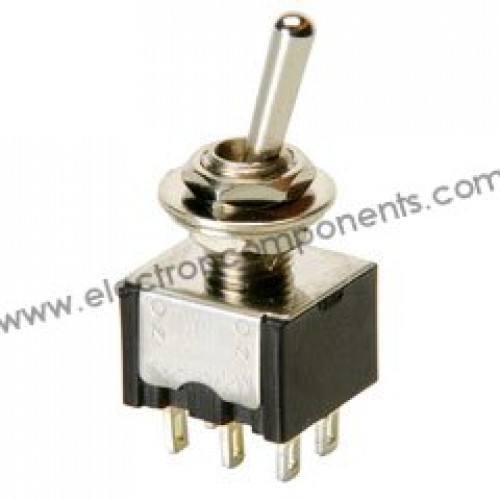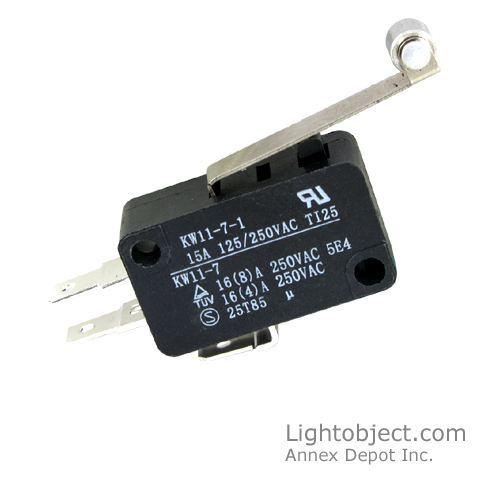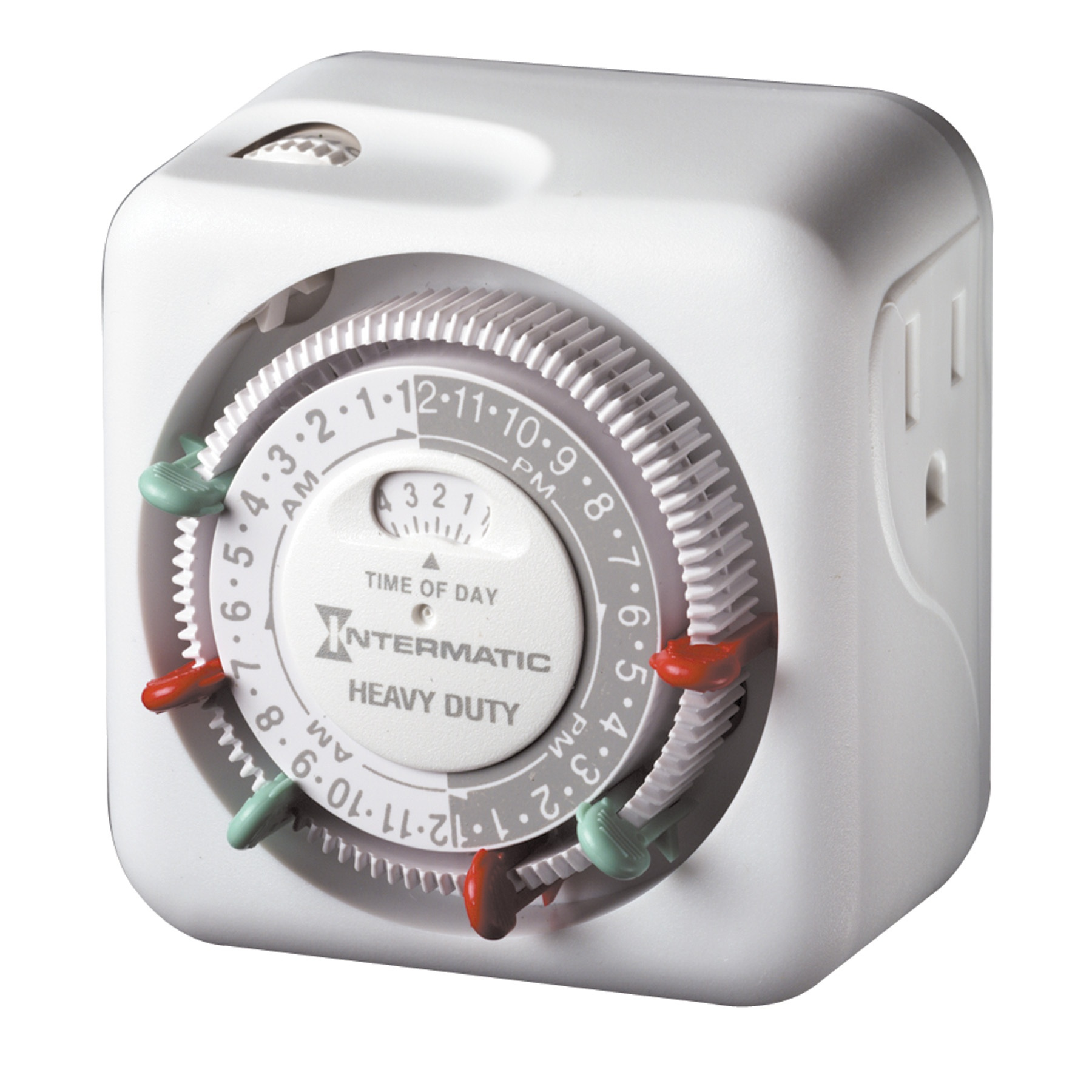kickboxingfool
New Member
I know this is probably very basic, so I apologize up front for my lack of knowledge. I am planning on building a small sliding door (for a chicken coop) that will be moved up and down via use of a power antenna attached to the door.
When power is applied to the antenna, the door will open. When the polarity is reversed and power applied again, the door will close.
I need the ability to incorporate a contact switch that cuts the power to the antenna when the door is fully closed and another one that does the same when the door is fully open. I also need to be able to automatically reverse the polarity applied to the antenna after each open and close sequence.
Finally, I need to be able to activate the open/close function via a digital timer so I can change the open and close times as needed throughout the year –unfortunately it will not be based on light and dark or I’d just use a photocell (although the close time will be roughly 1 hour after dark).
I intend to use a 12V transformer to step-down from a 110V output and then run the 12v line out to the coop. A battery back up would be nice, but I have no idea how to pull that off. For now this is more for convenience so I'll just rely on our home power. The open/close function would always be checked morning and night regardless - in other words I would never rely on it for unattended periods of time.
Anyway, I’m an electronics novice, so any help/pointers would be really appreciated. Thanks!
When power is applied to the antenna, the door will open. When the polarity is reversed and power applied again, the door will close.
I need the ability to incorporate a contact switch that cuts the power to the antenna when the door is fully closed and another one that does the same when the door is fully open. I also need to be able to automatically reverse the polarity applied to the antenna after each open and close sequence.
Finally, I need to be able to activate the open/close function via a digital timer so I can change the open and close times as needed throughout the year –unfortunately it will not be based on light and dark or I’d just use a photocell (although the close time will be roughly 1 hour after dark).
I intend to use a 12V transformer to step-down from a 110V output and then run the 12v line out to the coop. A battery back up would be nice, but I have no idea how to pull that off. For now this is more for convenience so I'll just rely on our home power. The open/close function would always be checked morning and night regardless - in other words I would never rely on it for unattended periods of time.
Anyway, I’m an electronics novice, so any help/pointers would be really appreciated. Thanks!




